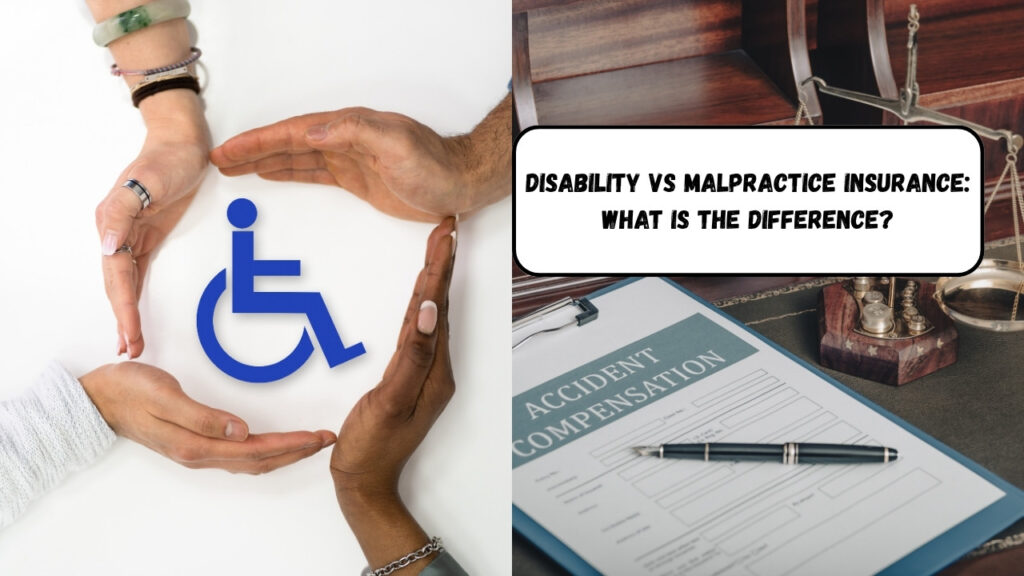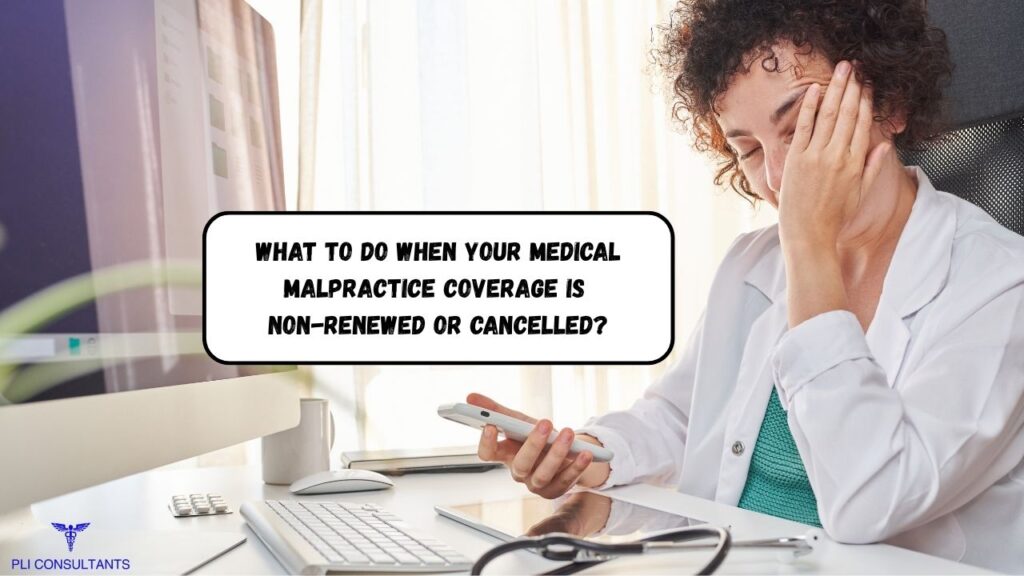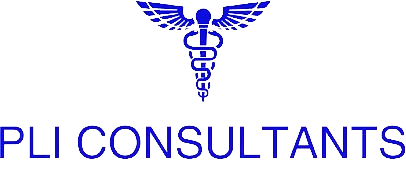Understanding the potential consequences of practicing medicine is crucial for safeguarding patients and medical personnel in today’s rapidly evolving healthcare landscape. One important concept to fully grasp is the legal term “absolute liability” a term that is often misunderstood in the medical field.
The concept is crucial to maintaining accountability. This holds true even in the absence of evidence of negligence or wrongdoing. Awareness of the potential repercussions of absolute liability can help medical practitioners minimize risks and ensure they comply with regulatory standards.
What is Absolute Liability?
According to the legal doctrine of absolute liability, a party is liable for losses or harms regardless of negligence or intent. Unlike other forms of liability, such as negligence, absolute liability ignores whether the defendant exercised reasonable care.
The primary objective of this doctrine is to hold defendants accountable for inherently harmful actions, regardless of their intent.
Absolute liability may be applicable in medical practice when certain environmental hazards, medical equipment malfunctions, or exposure to hazardous substances during treatment occur.
What is Strict Liability?
Under strict liability, healthcare providers can be held strictly liable for the harm caused by products or activities regardless of the fact that they did all that was possible to prevent it. Unlike in negligence claims where you must demonstrate you were indeed negligent, in strict liability you are not even required to show intent, or that you tried to avoid causing harm. It hinges solely on the occurrence of harm. This special type of liability usually permits several defenses including proving the injured party helped cause the damage.
In healthcare, the strict liability standard would be appropriate when defective medical devices, unsafe pharmaceuticals, or improper product labeling results in patients being harmed. So healthcare providers and manufacturers need to maintain high standards, do regular quality checks, and ensure clear product information. By doing so medical professionals can minimize risk and protect their patients and themselves.
Absolute Liability vs. Strict Liability: Key Differences
While absolute liability and strict liability are often used interchangeably, they have distinct legal applications.

For medical practices, understanding the nuances of absolute liability vs. strict liability is vital when dealing with product defects, hazardous waste disposal, or biohazard exposure.
Legal Framework for Absolute Liability in Healthcare
In the healthcare industry, the idea of absolute liability is typically rooted in public policy objectives, though this may vary across jurisdictions. Courts uphold absolute liability mainly to safeguard the public from actions or products that carry inherent risks, such as:
- Defective medical devices
- Contaminated pharmaceuticals
- Improper disposal of biohazard materials
- Exposure to harmful radiation or chemicals
Of the total amount of waste generated by healthcare activities, about 85% is general, non-hazardous waste, with improper disposal contributing to 15% of absolute liability claims.
Some laws specifically ensure that healthcare providers are fully accountable, particularly regarding environmental hazards and violations related to workplace safety.
Case Study 1: Defective Medical Devices
In a landmark case, a manufacturer was found fully liable for selling faulty pacemakers that led to severe health problems. Even though the company followed quality control procedures, the risks associated with the device made them completely responsible for the consequences.
Case Study 2: Biohazard Exposure
A hospital was deemed entirely accountable after several employees were exposed to improperly managed radioactive materials. Although they adhered to standard protocols, the dangerous nature of those materials led to their total liability.
These examples show how absolute liability ensures that victims receive compensation even when the offender acted responsibly.
How does Absolute Liability Impacts Medical Practices?
There are potentially significant repercussions when medical procedures adopt the concept of absolute liability:
- Increased Financial Risk: Clinics and hospitals could end up facing hefty compensation payouts, even if their care meets standard guidelines. This can lead to unexpected financial stress. Regardless of fault, a single lawsuit can deplete funds intended for facility improvements or patient care.
- Higher Insurance Premiums: Practices need to obtain comprehensive liability insurance policies to protect themselves against devastating claims. These premiums increase in cost over time, divert funds from community health programs, staff training, and technology advancements.
- Reputation Damage: Even if the charges are baseless, a provider’s reputation can be severely damaged by becoming embroiled in legal troubles. When patients start questioning whether they can trust doctors to handle these things, the trust that’s been built up over years of receiving great care can start to break.
- Compliance Burden: Regulation becomes a perpetual priority. Instead of focusing on innovation for patients, liability concerns force staff to spend time by changing procedures and filing paperwork.

Defenses and Risk Mitigation Strategies
Although defenses are rarely permitted in cases of absolute liability, healthcare providers can use key strategies to reduce the risk:
- Strong Compliance Programs: Establish strict safety protocols for dealing with hazardous materials.
- Quality Assurance Programs: Conduct regular inspections and maintenance of medical equipment.
- Thorough Insurance Coverage: Invest in absolute liability insurance to safeguard against potential claims.
- Employee Training: Offer ongoing training focused on handling biohazard materials and following emergency protocols.
Emerging Trends and Future Challenges
Because of new technologies and regulatory changes, the absolute liability landscape in the healthcare industry is changing. Here are some important trends to keep an eye on:
- Artificial Intelligence in Medicine: Malfunctions in AI diagnostic tools could result in new absolute liability claims as their use becomes more widespread.
- Cybersecurity Breaches: New privacy regulations may make healthcare providers fully liable for data breaches that reveal private patient information.
- Environmental Sustainability: New regulations surrounding the proper disposal of medical waste might also raise the chances of absolute liability claims.
To navigate the tricky legal side of healthcare, medical professionals really need to grasp what absolute liability means. Unlike strict liability, which might consider things like intent or circumstances, absolute liability means that providers are responsible no matter what—whether there was a purpose behind their actions or not. This is particularly relevant in cases involving hazardous substances or malfunctioning equipment.
Healthcare providers should implement robust risk management practices and secure the appropriate absolute liability insurance. Additionally, they should stay updated on any changes in the law.
By prioritizing compliance and proactive risk management, medical facilities can lower their risk of being entirely liable while still delivering top-notch patient care.










